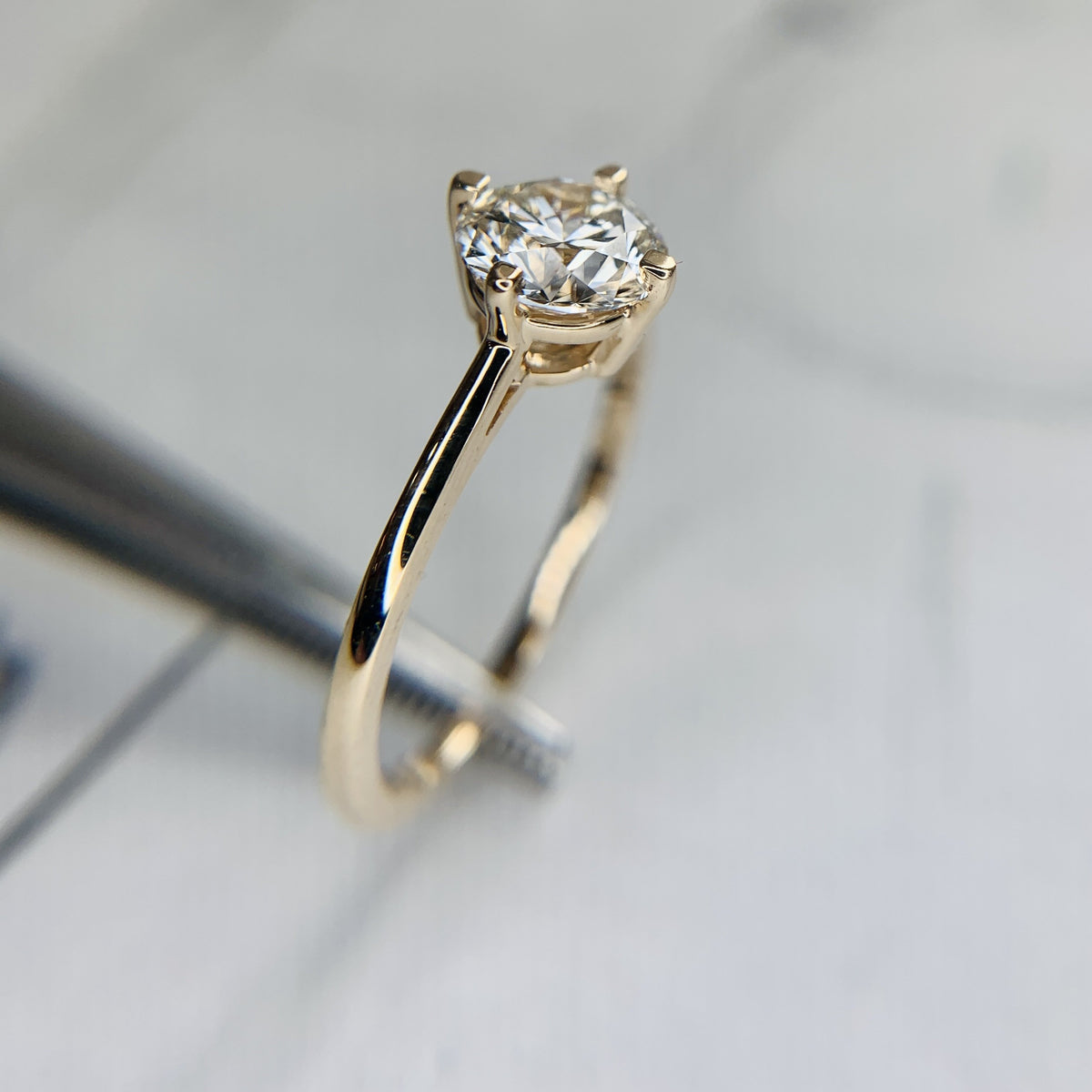How GIA and IGI Vary in Lab Diamond Reviewing: A Purchaser’s Point of view

Lab Diamonds
Lab-grown diamonds have flooded in prevalence because of their ethical advantages and cost-adequacy contrasted with natural diamonds. While buying these refined diamonds, understanding the reviewing system is pivotal. The Gemological Foundation of America (GIA) and the Worldwide Gemological Establishment (IGI) are two driving associations that give diamond affirmation, each with its unmistakable evaluating philosophies and guidelines. Knowing the distinctions among gia vs igi lab diamonds can altogether affect your purchasing choice.
The Significance of Diamond Evaluating
Reviewing diamonds is fundamental to survey their quality, worth, and in general allure. Both GIA and IGI utilize the Four Cs — Cut, Variety, Clearness, and Carat weight — to assess diamonds. These standards are principal in deciding the cost and allure of a diamond. An exhaustive comprehension of how every association grades these elements assists purchasers with settling on an educated and certain decision.
GIA Lab Diamonds: Notoriety and Norms
Outline of GIA
The Gemological Foundation of America (GIA) is all around the world perceived for its severe reviewing norms and obligation to unprejudiced nature. Established in 1931, GIA has set up a good foundation for itself as a main expert in diamond reviewing. The establishment’s standing for dependability and precision is upheld by many years of skill and a pledge to keeping up with severe evaluating rehearses.
GIA’s Reviewing Cycle and Models
GIA’s reviewing cycle includes a point by point examination of a diamond’s credits. The cut of the diamond is assessed in view of its accuracy and effect on brightness, going from Magnificent to Poor. For variety evaluating, GIA utilizes a scale from D (vapid) to Z (light yellow or brown), with D addressing the greatest. Clearness is surveyed by looking at inward and outside defects, known as incorporations and imperfections, with grades going from Perfect (FL) to Included (I1, I2, I3). Carat weight estimates the size of the diamond, impacting its worth and in general allure.
GIA vs IGI: Key Contrasts
GIA is prestigious for its thorough principles and consistency. The foundation’s assessments are exceptionally respected and set a benchmark in the business. Purchasers frequently put a superior on GIA-reviewed diamonds because of the association’s steady obligation to quality and straightforwardness.
IGI Lab Diamonds: Skill and Adaptability
Outline of IGI
The Worldwide Gemological Foundation (IGI) is a main gemological association that offers thorough evaluating administrations for diamonds and different gemstones. Laid out in 1975, IGI has gained notoriety for its adaptable and imaginative way to deal with diamond reviewing. The organization’s worldwide presence and broad organization add to its validity in the gemological field.
IGI’s Reviewing Cycle and Models
IGI’s reviewing cycle surveys diamonds in view of comparative rules to GIA, including Cut, Variety, Clearness, and Carat weight. IGI assesses the slice of a diamond to decide its general brightness, with reviewing classifications going from Great to Poor. For tone, IGI utilizes a scale from D (vapid) to Z (light yellow or brown). Lucidity is evaluated in light of the presence of inward and outer defects, with grades from Perfect to Included. Carat weight is estimated to measure the diamond’s size and worth.
IGI’s Remarkable Methodology
IGI’s evaluating approach is known for its adaptability and versatility. The establishment frequently consolidates trend setting innovations and procedures in its evaluations, which might vary somewhat from customary techniques utilized by other reviewing associations. This creative methodology permits IGI to give definite and exact assessments of lab-grown diamonds.
Looking at GIA and IGI Lab Diamonds
Precision and Consistency
Both GIA and IGI are regarded for their aptitude in diamond reviewing, yet there are contrasts in their approaches. GIA’s well established standing is based on its rigid and steady reviewing principles, which are broadly perceived and confided in the business. IGI’s methodology, while adaptable and imaginative, may offer varieties in evaluating that mirror its versatile strategies.
Market Discernment and Worth
GIA-evaluated diamonds are frequently seen as having a higher market esteem because of the organization’s thorough guidelines and worldwide acknowledgment. Interestingly, IGI-reviewed diamonds are esteemed for their itemized and versatile evaluating process, which can likewise command a critical market presence.
Going with an Educated Choice
Picking either GIA and IGI lab diamonds relies upon different elements, including individual inclinations, spending plan, and the significance of explicit reviewing principles. Purchasers ought to think about the standing of the reviewing association, the point by point appraisal of the diamond’s ascribes, and the way that these variables line up with their assumptions.
Conclusion
Both GIA and IGI give significant bits of knowledge into the quality and worth of lab-grown diamonds. GIA is commended for its thorough and steady evaluating, while IGI is known for its adaptable and creative methodology. Understanding the distinctions between these associations can assist purchasers with settling on informed choices and select lab-grown diamonds that meet their models for quality and worth.








